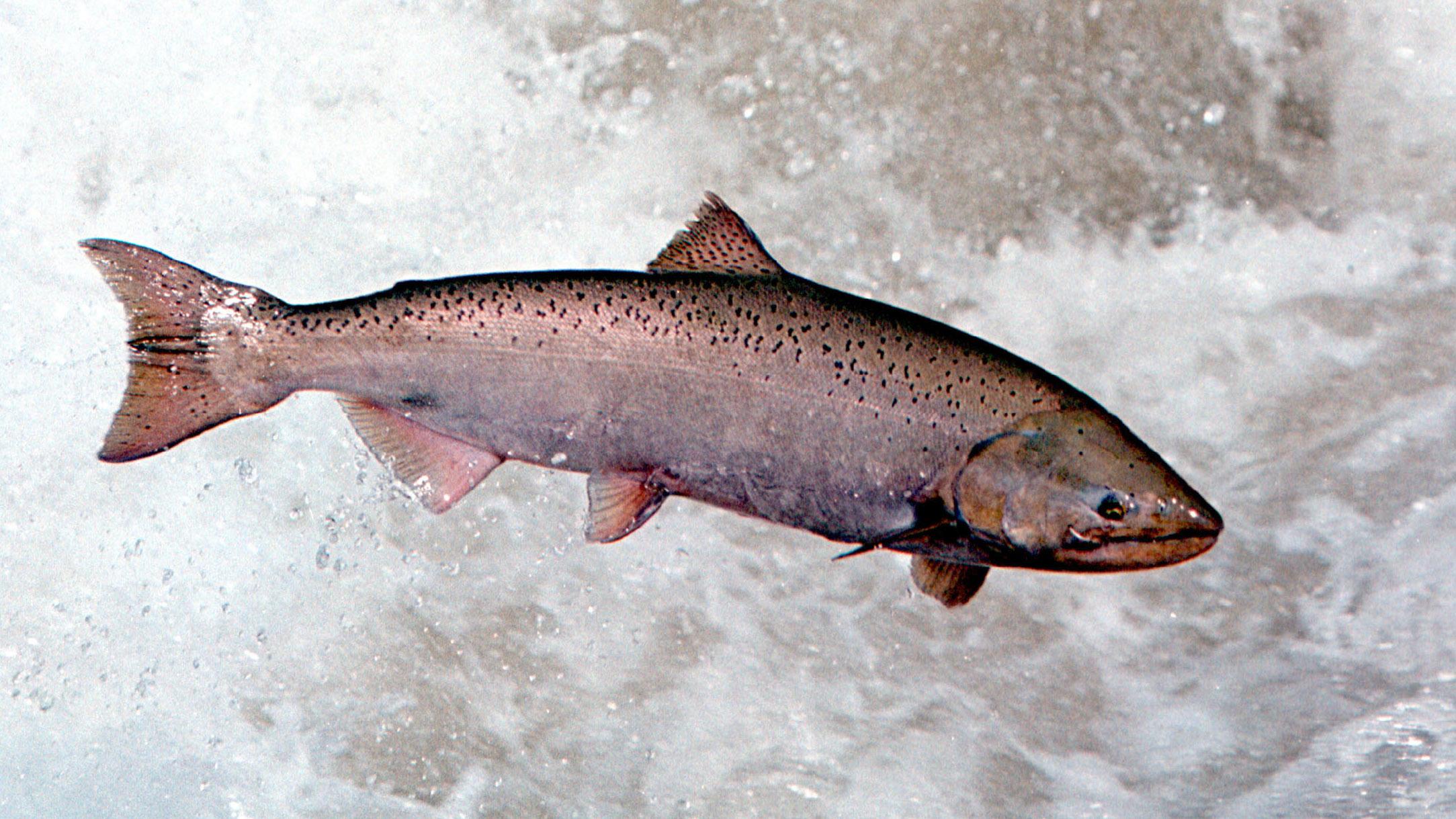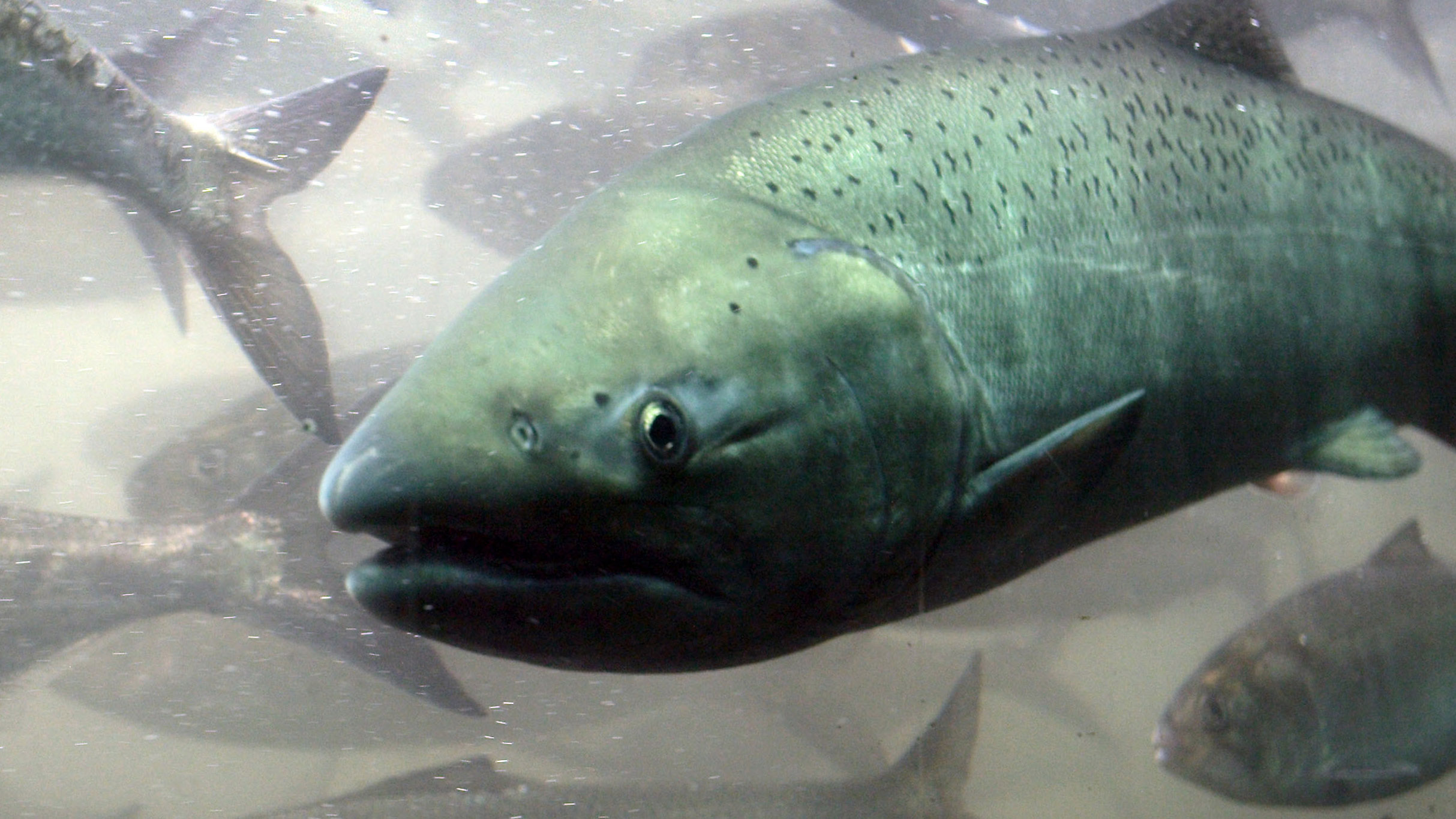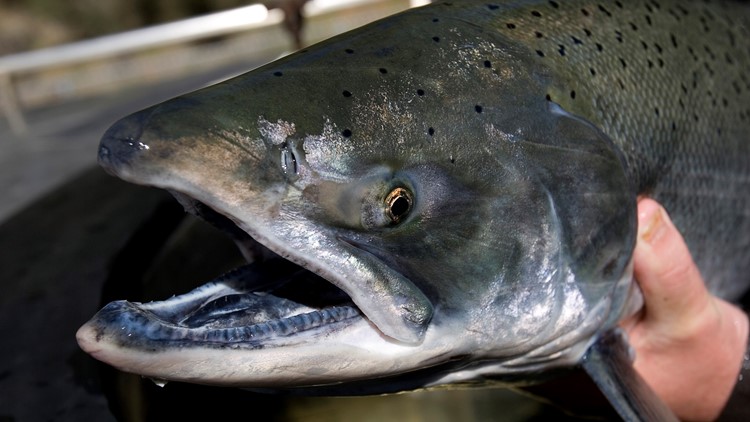A new study led by the University of Washington found Chinook salmon, the largest salmon species, are not nearly as large as they use to be. In fact, the largest Chinook are up to 10 percent shorter now -- with most of the reduction coming in the last 15 years.
Researchers say the data shows big changes in the ocean. "This suggests that there is something about the larger ocean environment that is driving these patterns," said Jan Ohlberger, of the UW’s School of Aquatic and Fishery Sciences. "I think fishing is part of the story, but it’s definitely not sufficient to explain all of the patterns we see. Many populations are exploited at lower rates than they were 20 to 30 years ago."
There is no smoking-gun reason for the changes but sport fishing and marine mammals including orca whales are two of the biggest contributors. The resident orcas in the Puget Sound and Alaska almost exclusively eat Chinook salmon. Orcas in Puget Sound are in decline but Alaska's killer whales are flourishing.
Researchers are still looking into the predator-prey relationship of Chinooks and orcas but they say it may not be possible for Chinook salmon populations and orcas to be robust at the same time. "When you have predators and prey interacting in a real ecosystem, everything can’t flourish all the time," said Daniel Schindler, a UW professor of aquatic and fishery sciences. "These observations challenge our thinking about what we expect the structure and composition of our ecosystems to be."

At one time, 40-inch-long Chinook were common, but not any more. The reduced size puts even more pressure on the salmon runs because smaller females carry fewer eggs and that means fewer fish surviving to adulthood.
Researchers looked at 40-years of data from hatchery and wild Chinook populations from Alaska to California. Alaska suffered them most loss of size followed closely by Washington Chinook.

Related: UW News Release



